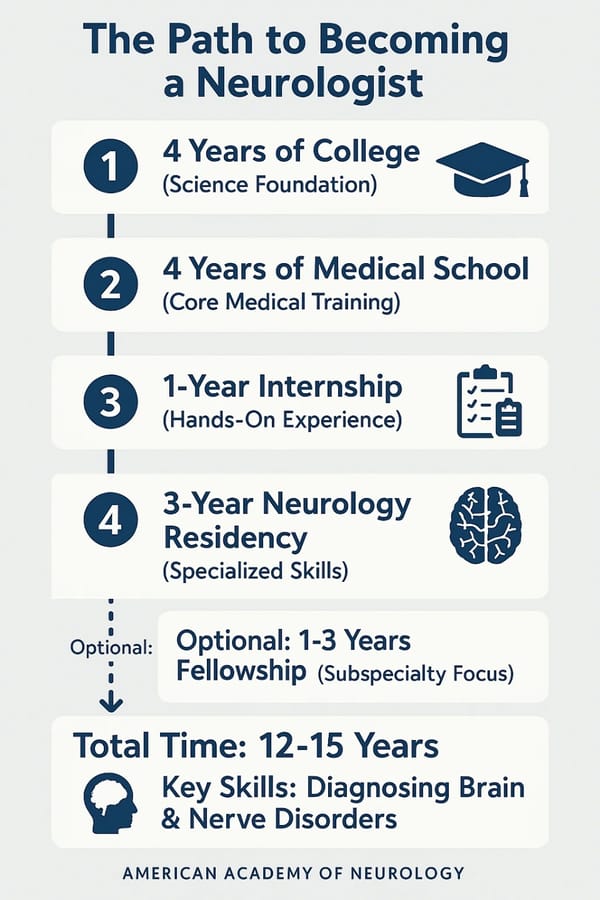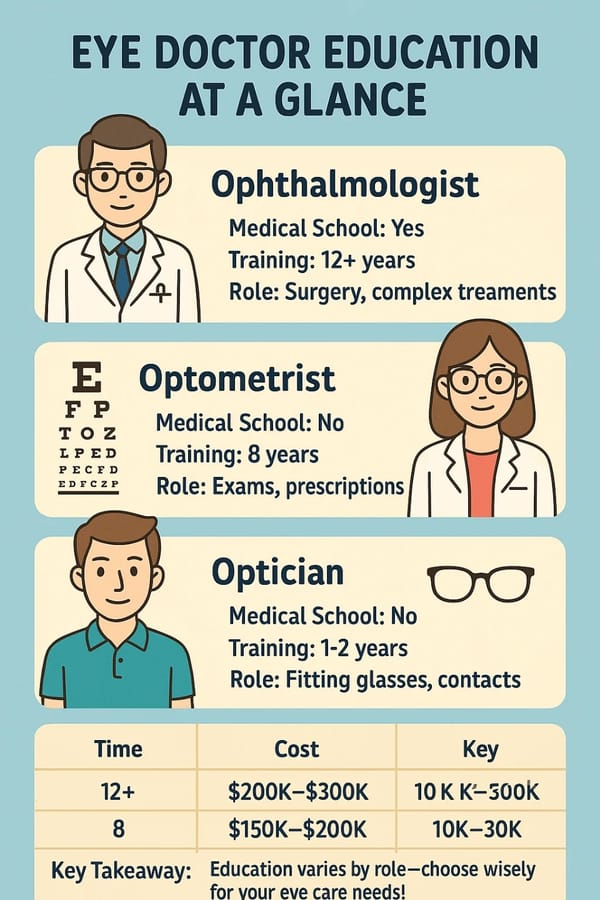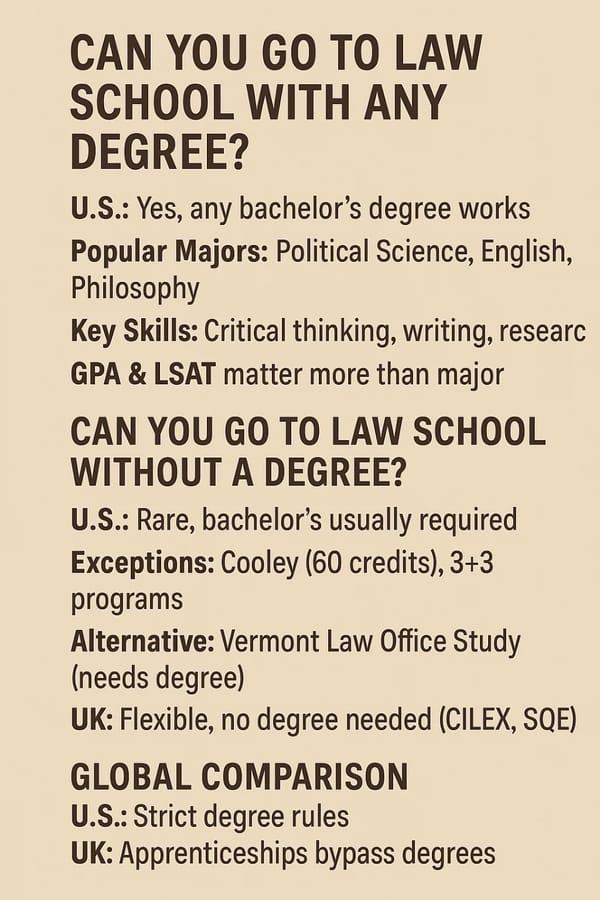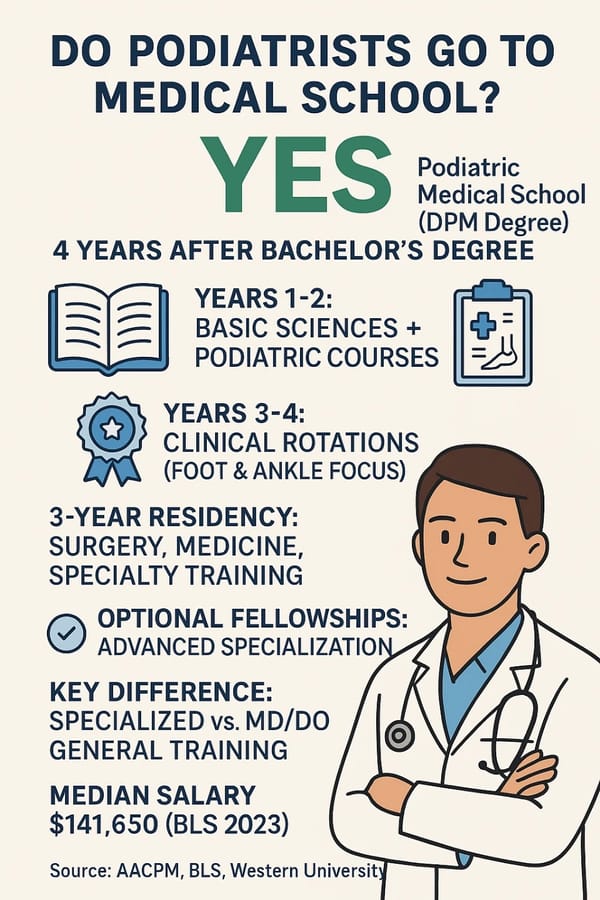Have you ever gazed at a perfectly aligned smile and wondered about the journey behind it? The artistry of orthodontics is more than just straightening teeth; it's a blend of science, engineering, and a touch of magic. Do Orthodontists Go to Medical School? A Deep Dive into Their Training Path
Meta Description: Curious if orthodontists attend medical school? Explore their unique educational journey, from dental school to specialized training, in this detailed guide.
Introduction: Unraveling the Orthodontist’s Educational Journey
Have you ever wondered what it takes to become the person who perfects your smile? Maybe you’ve sat in an orthodontist’s chair, marveling at how they align teeth with such precision, and thought, “Did they go to medical school for this?” It’s a common question, especially since orthodontists are often called “doctors.” The short answer? No, orthodontists don’t go to medical school—but their path is just as rigorous and fascinating.
In this blog, we’ll peel back the layers of an orthodontist’s training, exploring why they don’t need an MD and what they do study instead. Whether you’re a curious patient, a parent researching for your child’s braces, or even an aspiring dental professional, this post will give you a clear, engaging, and thorough look at the process. Let’s dive in!
The Basics: Who Are Orthodontists?
Orthodontists are the wizards of dental alignment, specializing in straightening teeth and correcting jaw issues. Think braces, Invisalign, and those life-changing “before and after” smile photos. But here’s the kicker: they’re not medical doctors—they’re dentists with extra training. So, how do they get there? Let’s break it down.
Orthodontists vs. Dentists: What’s the Difference?
First, let’s clarify the distinction. A general dentist is like your primary care physician for oral health—cleanings, fillings, and routine checkups are their domain. An orthodontist, though, takes it a step further, focusing on malocclusions (misaligned bites) and jaw irregularities. According to the American Association of Orthodontists, orthodontists complete additional education beyond dental school to master these skills.
Think of it this way: all orthodontists are dentists, but not all dentists are orthodontists. It’s a bit like how a cardiologist is a doctor, but with specialized expertise.
The Educational Path: Why Medical School Isn’t Part of It
So, if orthodontists don’t go to medical school, what do they do? Their journey is a blend of undergraduate studies, dental school, and specialized residency training. Let’s walk through each step.
Step 1: Undergraduate Degree
Like many healthcare professionals, orthodontists start with a bachelor’s degree. There’s no specific major required, but most opt for science-heavy fields like biology or chemistry to nail the prerequisites for dental school. According to Colgate’s guide on becoming an orthodontist, you’ll need courses in anatomy, physiology, and biochemistry to prep for the next phase.
Personal note: When I was researching career paths in college, I shadowed a dentist who told me his biology degree was a game-changer for acing the Dental Admission Test (DAT). It’s not mandatory, but it sure helps!
Step 2: Dental School (Not Medical School!)
Here’s where the paths of medical doctors and orthodontists diverge. Instead of medical school, aspiring orthodontists attend dental school for four years, earning either a Doctor of Dental Surgery (DDS) or Doctor of Dental Medicine (DMD). These degrees are equivalent—different schools just prefer different titles.
The Harvard School of Dental Medicine explains that the first two years focus on classroom learning (think microbiology and oral anatomy), while the last two shift to hands-on clinical practice. By the end, graduates are fully licensed dentists, ready to tackle cavities or crowns—but not braces just yet.
Step 3: Orthodontic Residency
After dental school, orthodontists-to-be don’t stop. They enter a 2- to 3-year residency program focused solely on orthodontics. This is where they learn the art and science of tooth movement, jaw alignment, and appliance design (like braces or retainers). Programs like the one at Mayo Clinic even offer a master’s degree alongside the training.
This residency is what sets orthodontists apart. It’s intense, competitive, and packed with real-world experience—think of it as their version of a medical residency, but tailored to teeth.
Medical School vs. Dental School: Why the Difference?
You might be wondering, “Why don’t orthodontists just go to medical school like other specialists?” Great question! The answer lies in their focus and training needs.
Scope of Practice
Medical school trains doctors to treat the entire body—everything from heart disease to broken bones. Dental school, on the other hand, zeroes in on the mouth, teeth, and jaws. Orthodontists need deep expertise in craniofacial biology, not systemic diseases, so dental school aligns perfectly with their goals. LeverageRx notes that while both paths involve rigorous science, dental students dive into oral-specific topics early on.
Time and Efficiency
Adding medical school (4 years) plus a residency (3-7 years) would stretch the timeline to become an orthodontist to over a decade—unnecessarily so. The current path—4 years undergrad, 4 years dental school, and 2-3 years residency—totals about 10-11 years, per the Bureau of Labor Statistics. It’s streamlined for their specialty without sacrificing expertise.
Here’s a quick comparison:
| Aspect | Medical School (MD) | Dental School (DDS/DMD) |
| Duration | 4 years + 3-7 years residency | 4 years + 2-3 years residency |
| Focus | Whole body | Oral health |
| Specialty Training | Broad, then specialized | Oral-focused from the start |
| Average Cost | $200K-$400K | $150K-$300K |
What Orthodontists Learn (That Medical School Doesn’t Teach)
Orthodontic training is a unique beast. It’s not just about slapping braces on teeth—it’s a blend of science, engineering, and artistry. Here’s what they master:
Craniofacial Biology and Growth
Orthodontists study how teeth and jaws develop, especially in kids. This knowledge helps them time treatments—like when to start braces for maximum impact. The University of Maryland’s Orthodontics program emphasizes this multidisciplinary approach.
Biomechanics of Tooth Movement
Ever wonder how braces actually work? Orthodontists learn the physics behind shifting teeth—force application, pressure points, and bone remodeling. It’s less “scalpel and stitches” and more “wires and brackets.”
Patient Interaction
Since many patients are kids or teens, orthodontists get good at explaining complex stuff in simple terms. I remember my orthodontist showing me a model of my teeth and walking me through every step—it made the process way less daunting!
Licensing and Beyond: The Final Steps
After residency, orthodontists aren’t quite done. They need to pass the National Board Dental Examination (NBDE) and, often, state-specific exams to practice. Many also pursue certification from the American Board of Orthodontics, a gold standard in the field.
Continuing Education
The learning never stops. Most states require 40 hours of professional education annually to keep licenses current, ensuring orthodontists stay on top of innovations like 3D-printed aligners. Check out Howard University’s Orthodontics program for a glimpse at how this commitment shapes their training.
Myths Busted: Common Misconceptions
Let’s clear up some confusion about orthodontists and medical school.
“They’re Not Real Doctors”
Wrong! Orthodontists earn a doctoral degree (DDS or DMD), making them doctors in their field. They just don’t need an MD because their focus is narrower—and





